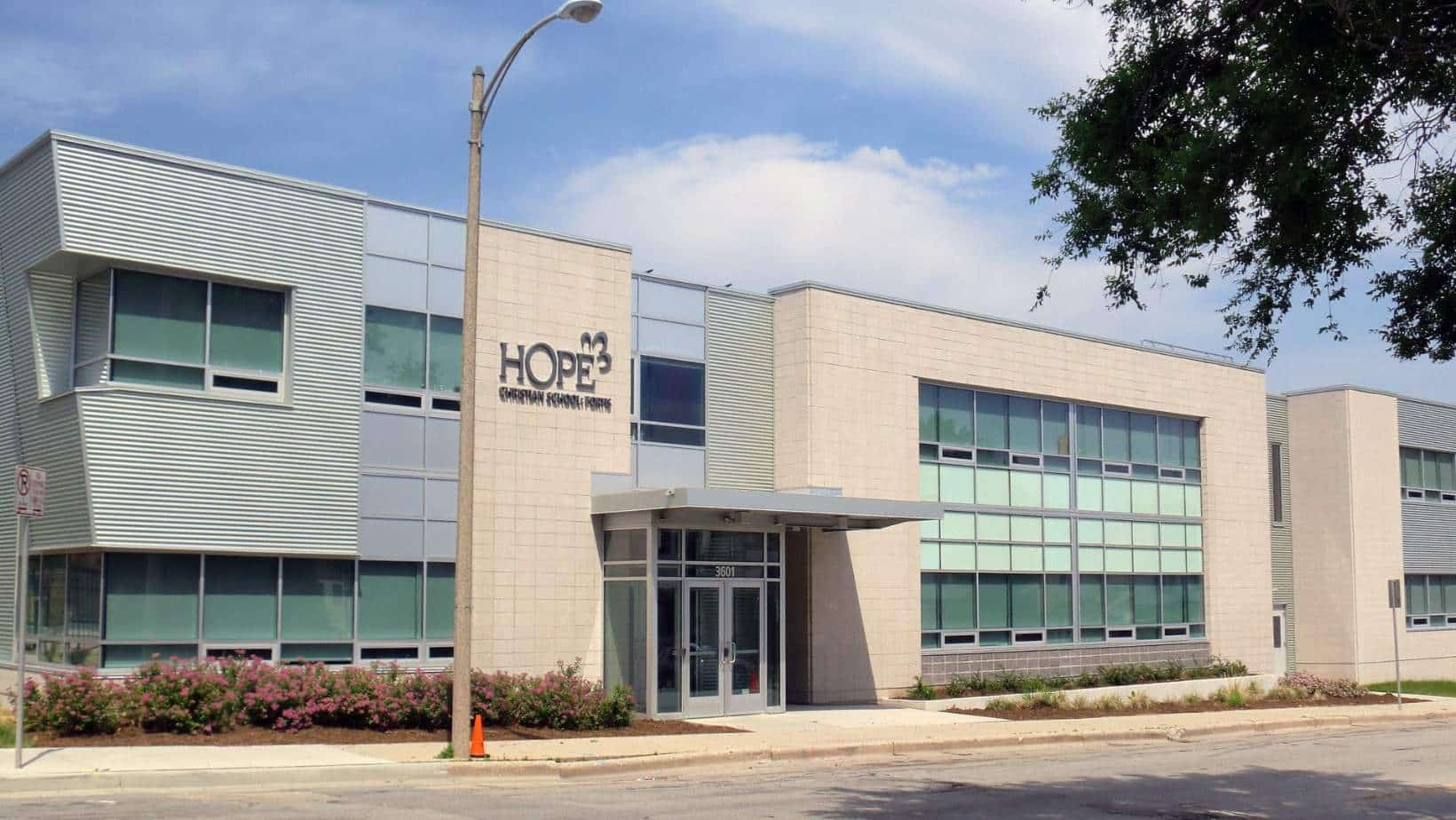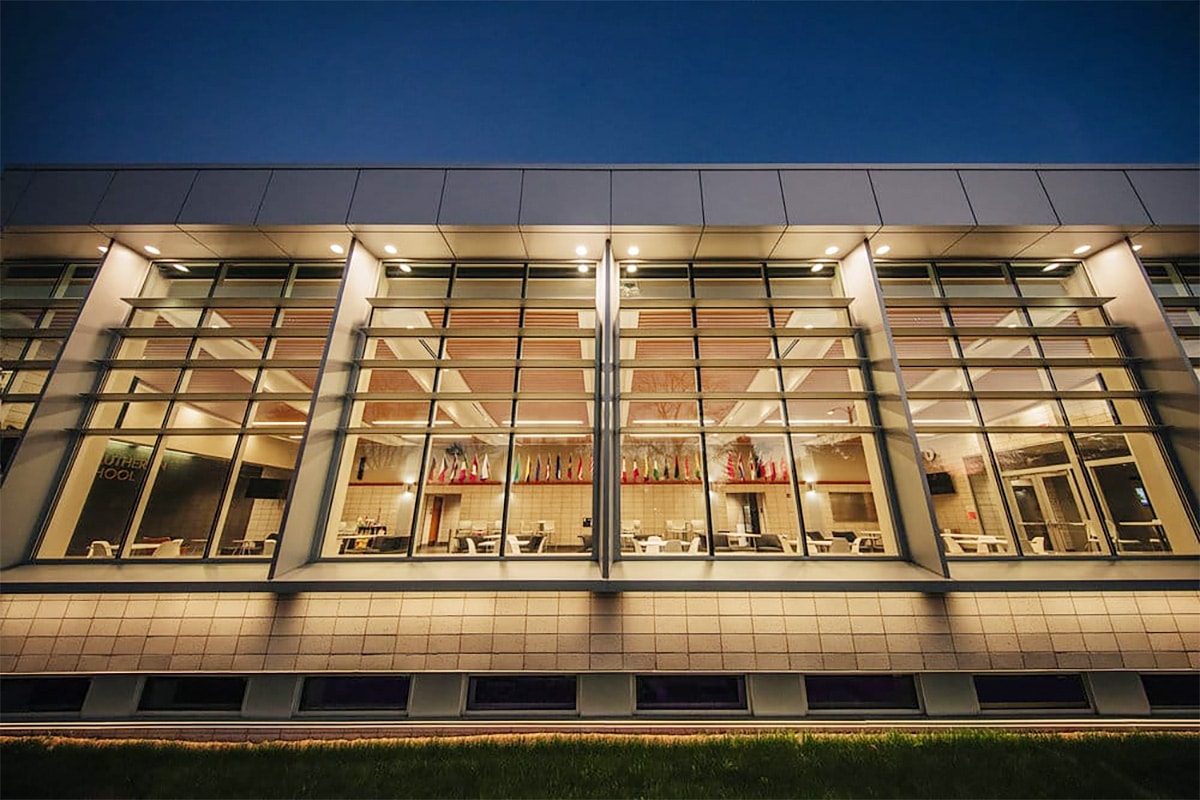In today’s world of social media, Pinterest, and educational influencers, creativity is playing an increasingly vital role in education and child care. And most educators operating on a shoe-string budget can feel overwhelmed.
As a leader preparing for your school construction project, you have likely heard exciting requests from future members of your school community: full-scale musicals, large art studios, computer rooms, and clubs of all shapes and sizes.
Unfortunately, not all schools have the budget to realize these requests.
Creating modern, functional schools within tight budget constraints can be challenging. But the good news is that with thoughtful planning and innovative use of resources, you can turn your upcoming school into an impactful learning center that fits the wants and needs of your students, families, and faculty.
4 Tips for School Construction Projects on a Budget
A tight budget doesn’t have to be limiting. It can actually be liberating if you play your cards right. Just because you have a pre-determined budget for your school construction project doesn’t mean your school has to be behind the times. Let’s explore four ways to create a modern learning environment that meets national and state educational standards and meets community expectations.
1. Maximize Multi-Use Spaces
Designing spaces that serve multiple functions is a key strategy for cost-effective school construction. By maximizing limited square footage, schools can save money and enhance flexibility and utility, providing the ultimate learning experience.
Flexible Classrooms
Flexible classrooms adapt quickly to different subjects or activities. Imagine the bell sounding and Mrs. Smith encouraging her art class to fold their standing easels and place them against the wall.
The children hurriedly return their crayons and paintbrushes to a moveable cart that can be wheeled into a corner.
As Mrs. Smith’s children leave the classroom, Mr. Jones brings in another group of students, who excitedly grab yoga mats from the corner. Mr. Jones turns on his Spotify playlist, and music floats from installed speakers. The previous art studio is now optimized for a music and movement class.
Gymnasiums and Cafeterias
Imagine the same place where children play basketball, which also houses a theatrical production of Godspell, or long cafeteria tables in a lunchroom transforming into benches for an assembly. Pretty versatile usage, right?
A large gymnasium or cafeteria can easily be converted into an ample gathering space, such as a theater for musicals, concerts, and assemblies for the school and community members. This can be achieved by adding a stage to one side of the room (which can also be used for storage).
Curtain walls can also reshape the space. Imagine one side of a gymnasium hosting a cozy study group while the other is set up for state testing. This adaptability maximizes the space’s usage and guarantees that your school can seamlessly accommodate various activities and events, enhancing its role as a versatile community hub.
Additionally, each of these spaces can be used as community hubs. Advertise to organizations, neighbors, and businesses that your school will have the room to host meetings, concerts, classes, and learning activities. This will foster a community-school connection, which is excellent to establish before the opening of your institution.
2. Leverage Natural Light for Energy Savings
Optimal daylighting design can significantly reduce energy consumption, enhance the learning environment, and reduce energy expenditures—a win-win for budget-conscious school construction projects. Here are some ways you can leverage natural light solutions:
Site Design
Properly orienting your school building can significantly enhance solar access, improving natural light strategies. This approach reduces the dependence on electrical lighting for your classrooms (and also helps minimize heating and cooling demands!).
The Department of Energy suggests opting for one-story designs to maximize natural light. However, if your heart is set on a multi-story school, you can reduce the room depth to enhance daylighting effectiveness.
You can also design the building on an east-west axis to optimize solar access and develop the floor plan to limit the use of glass on the east and west-facing sides. Note that if you are pursuing this tactic, be mindful of adjusting your temperatures based on what side of the building the sun is hitting.
Energy-Efficient Windows
Choosing energy-efficient window designs helps manage heating and cooling expenses, saving your school money. Double-glazed windows, for instance, offer better insulation, keeping classrooms comfortable year-round.
Over time, the initial investment in high-quality windows can lead to substantial cost savings by lowering energy bills and reducing maintenance needs.
Furthermore, according to Penn State’s Center for Evaluation and Education Policy Analysis, the ideal temperature range for effective learning in reading and mathematics is between 68º and 74º.
This means that a well-regulated indoor climate created by efficient windows enhances the learning environment, ensuring students remain focused and productive throughout the year.
Using energy-efficient windows also contributes to sustainability efforts and lessens your school’s carbon footprint.
3. Use Durable, Low-Cost Materials
Schools can achieve a cost-effective build without compromising the structure’s longevity and resilience by opting for durable, low-cost materials. Some examples include:
- Long-Lasting Flooring: Consider using polished concrete, known for its durability and sleek finish. Vinyl flooring options, such as Luxury Vinyl Plan, offer resilience and are easy to clean, which helps reduce maintenance costs over time—another saving!
- Sustainable Material Choices: Recycled materials like composite panels or locally sourced materials like reclaimed wood can also help with your budget restraints.
- Prefabricated Structures: Explore using prefabricated steel buildings, which can provide cost savings and faster construction times. However, if aesthetics are a priority to you, precast concrete panels are the better option. It is more affordable than brick or block, reducing labor costs while streamlining the building process.
4. Plan for Essential Infrastructure Upgrades
While adhering to budget constraints is important, you must also consider your school’s growth and any future additions.
Maybe you would like to fundraise for a full technology lab in your five-year plan. To save on considerable costs, consider installing infrastructure that can accommodate future technological upgrades without significant construction or disruption to school or community activities. Some examples:
- Flexible wiring
- Ample power outlets
- Network cabling
- Wi-Fi access points
It’s also a good idea to future-proof your utility systems. Plumbing, electrical, and data systems should have easy-to-reach access points for maintenance and expansion.
You can also consider adding spaces to attract the community or businesses, such as large rooms and auditoriums they can rent for meeting spaces.
Ready to Maximize Your Budget for Your School Construction Project?
To create modern, functional schools within tight budget constraints, strategic planning and resourcefulness are necessary to reach your construction goals. Using multi-use spaces, natural light, durable materials, and strategic infrastructure planning, your school can meet educational and community standards without breaking the bank.
Take the next step in maximizing your construction budget by contacting our experts at Catalyst Construction today.






